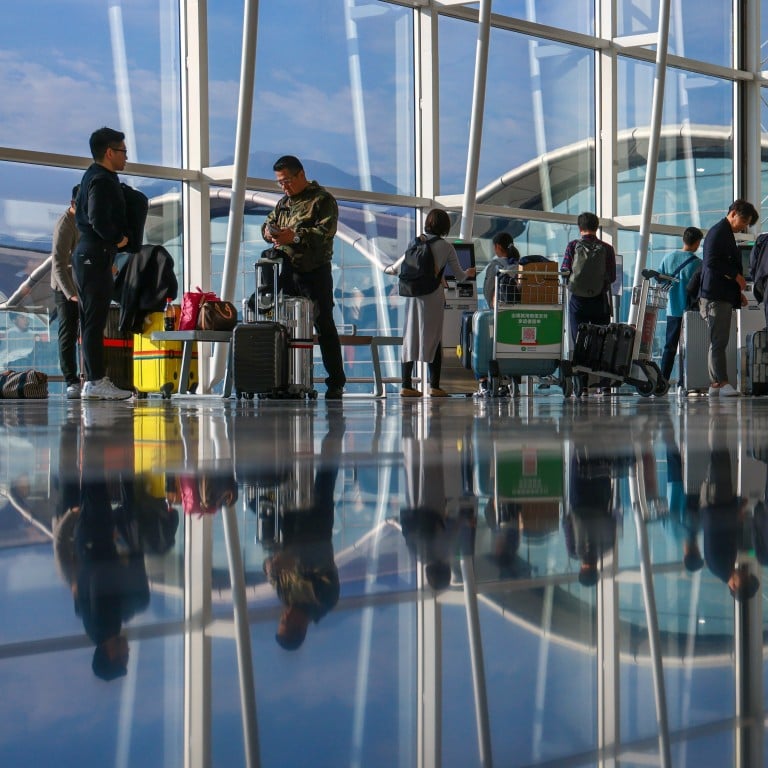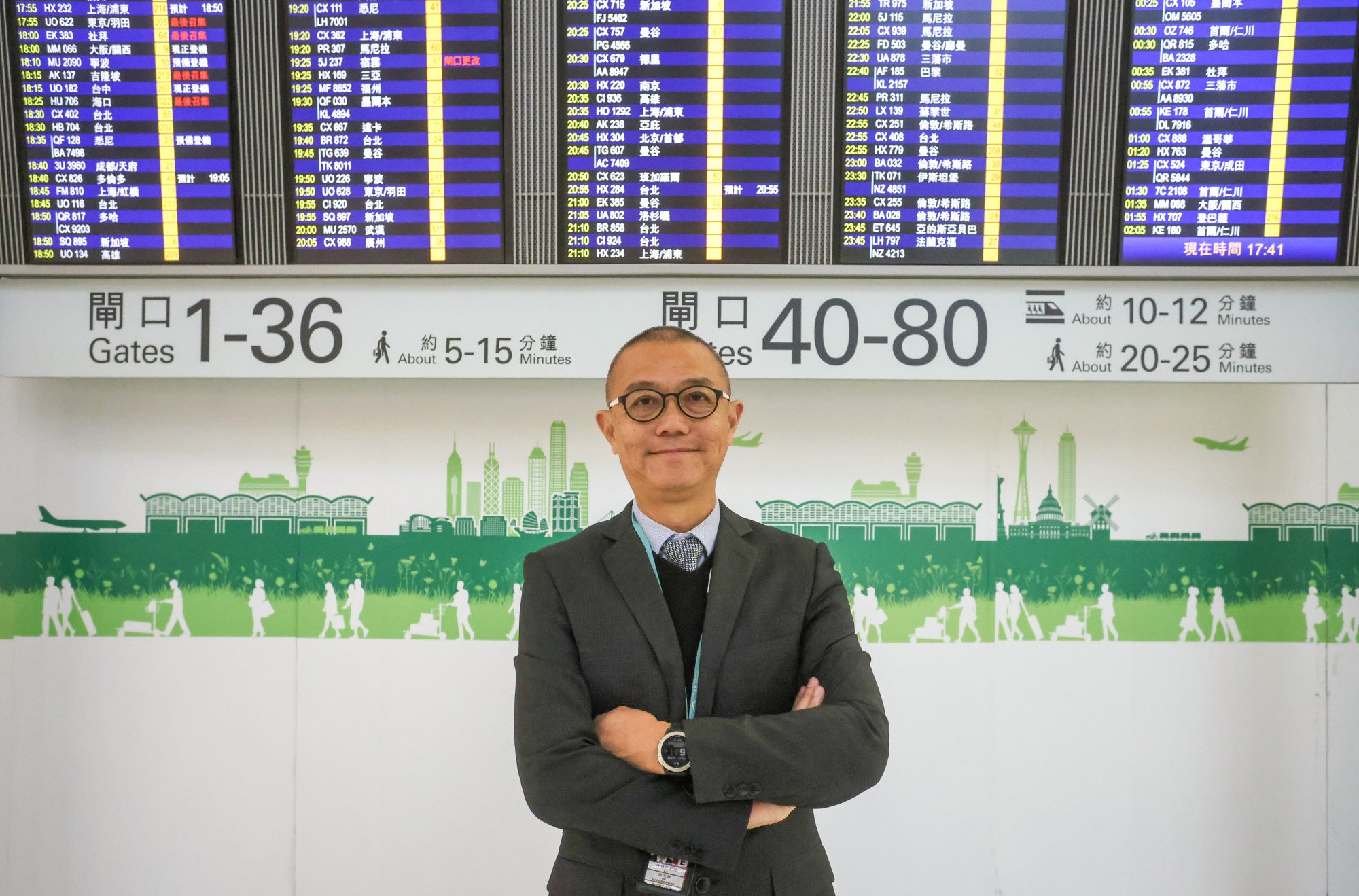
Exclusive | Hong Kong on track to restore passenger traffic to pre-pandemic levels by end of year, senior Airport Authority official says
- ‘We have confidence that passenger traffic will return to 100 per cent by the end of this year, or close to 100 per cent,’ executive director Steven Yiu says
- Hong Kong International Airport handled 39.5 million passengers in 2023, or 55 per cent of the 71.5 million passengers recorded in 2019
Steven Yiu Siu-chung, an executive director at the Airport Authority, also told the Post that the expanded Terminal 2 would open in phases, depending on the traffic exceeding 75 million passengers – slightly above the record 74.6 million handled in 2018.
Describing the restoration of air traffic as proceeding at a “healthy pace”, Yiu said: “We have confidence that passenger traffic will return to 100 per cent by the end of this year, or close to 100 per cent.”

By comparison, Singapore’s Changi Airport, which fully reopened earlier than Hong Kong when the pandemic died down, reached 86 per cent of its pre-Covid levels last year.
Asked about the major hurdles to restoring full passenger traffic levels, Yiu said factors included the supply of flights from the city’s home carriers, and the health of the local and mainland Chinese economy, which would have an impact on demand.
The Cathay group’s recovery rate for the number of passengers carried was about 56 per cent in 2023, independent aviation analyst Brendan Sobie said earlier, which was similar to the authority’s 55 per cent.
Yiu, executive director of airport operations, said challenges remained in Cathay providing additional flights, as well as with overall manpower levels, but added: “I believe that we can overcome them.”
The airport has 60,000 staff, 18,000 fewer than the 78,000 employed before the Covid-19 pandemic.

The authority has set a target of having 69,000 workers by the end of this year, and Yiu said he was confident of reaching that goal, in part due to a government scheme to import labour.
The authority has applied to bring in 6,300 staff, part of a citywide effort to import 20,000 workers. Yiu said about 2,000 people had been offered jobs so far, and around 450 had arrived in Hong Kong.
Still, he expressed optimism, pointing to the airport’s HK$141.5 billion three-runway system, set to be completed by the end of this year.
With the third runway open, the authority closed one of two existing runways for an upgrade alongside other plans, which included the Terminal 2 expansion and an additional passenger concourse that will span 283,000 square metres, while adding 63 plane parking spaces.
Yiu said taking into consideration operational efficiency and manpower, it would be opened in phases.
“We believe that when we exceed 75 million [passengers], to the extent that we need to open a new terminal, then we will open the terminal,” he said.
“So it really depends on traffic for the terminal, but the runway is different. The runway we want to commission a little bit earlier.”
Asked about the slower-than-expected recovery of outbound mainland demand, Yiu said it was “one of the concerns”.
Herman Tse, valuations manager at aviation firm Cirium Ascend Consultancy, said the mainland economy made the timeline for Hong Kong to restore traffic levels difficult to establish.
The country is dealing with sluggish economic growth and a weakened yuan against the US dollar, which are among the reasons Chinese travellers have turned to domestic travel.
Hong Kong’s Cathay group carries over 20 million passengers in 2023
The International Air Transport Association (IATA), the trade body for airlines, said demand for travel to and from the mainland was 40 per cent below 2019 levels.
Tse said: “That would mean fewer transfer passengers from China, so not only the Chinese, but also tourists going into China via Hong Kong.”
He added that flight cancellations by Cathay up until the end of February proved it did not have sufficient flight crew to support demand, and it would take time to train pilots to reach pre-pandemic levels.
However, he said he believed Hong Kong could get close to recovering passenger traffic by the end of the year.
According to industry body the Board of Airline Representatives of Hong Kong, about 20 per cent of its 72 members had still to resume flights to the city as of December.
It said the resumption of services had been challenging, with high operating costs such as landing and parking fees among members’ concerns.
Air New Zealand’s general manager for the city, Yolanda Yu, said some foreign carriers had yet to resume services to Hong Kong or increase flight frequency.
CEO of Hong Kong’s Cathay Pacific apologises for wave of flight cancellations
Some carriers had hoped to add flights during the Christmas and New Year peak travel period but were unable to because ground handling agents could not accommodate the request due to insufficient staff.
“It is not just about getting to pre-Covid levels, but where to go from there to rebuild or strengthen Hong Kong as an international hub is actually a bigger question,” Yu said. “We are playing catch up.”

